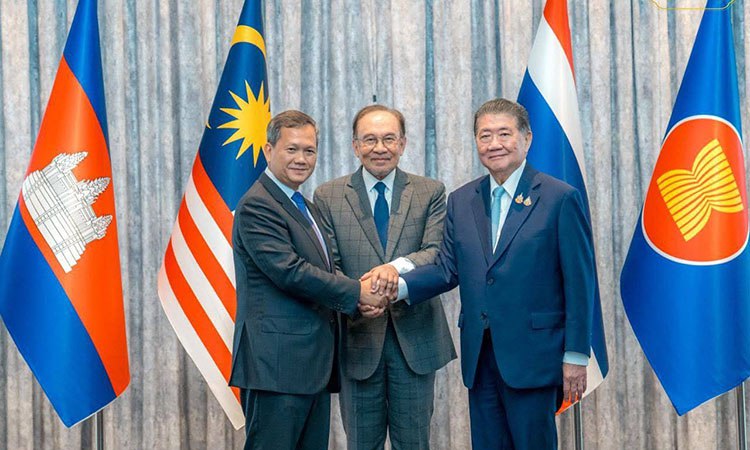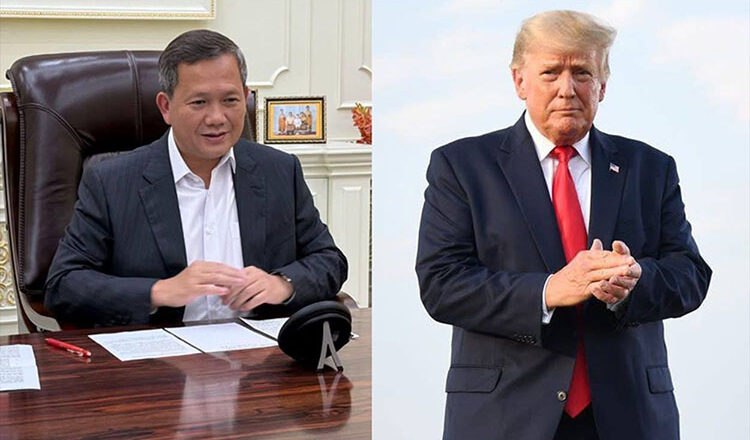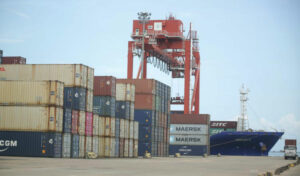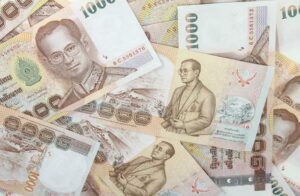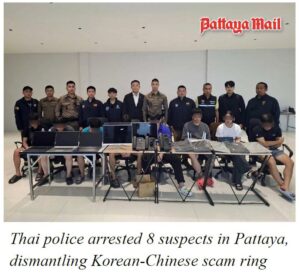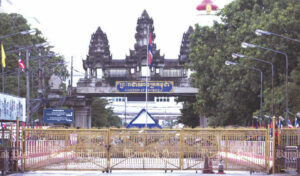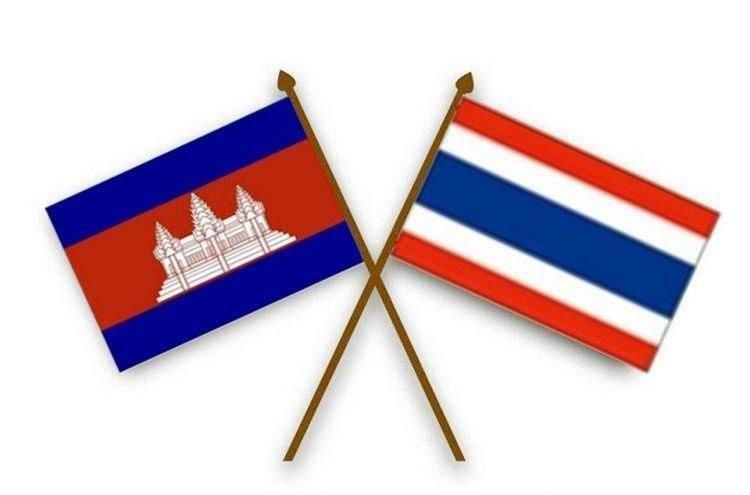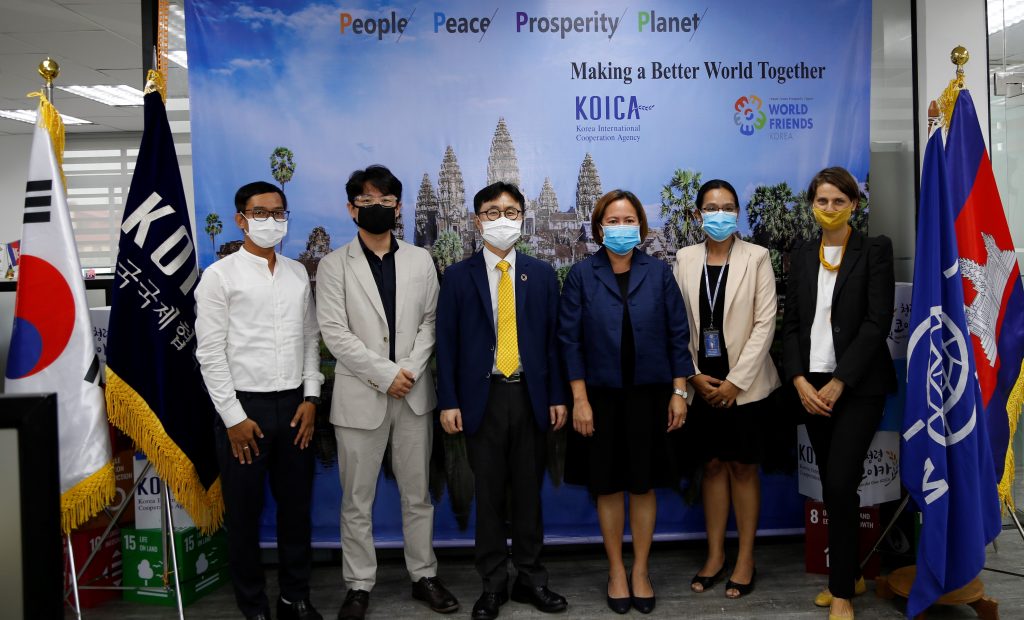Opinion: Thailand’s war playbook
A look at Thailand’s past actions reveals that the Thai military had a broader war plan in mind. The five-day war was seen as a move by Thailand to realise the military’s plan to take control of Preah Vihear and other territories.
Following the deadly five-day armed clashes between Cambodia and Thailand from July 24 to 28, 2025, Thailand appears to have a pattern of actions, carefully planned and executed, and escalated step by step.
All the coordinated actions seemed to suggest a carefully crafted invasion plan to take control of Cambodian territory based on Thailand’s unilateral map, including the Preah Vihear temple, which was determined to belong to Cambodia based on two International Court of Justice (ICJ) rulings in 1962 and 2013.
With the benefit of hindsight, let’s examine Thailand’s chain of actions that led to the invasion and its justification. Tracing all the chronologies, we see that all the actions were carried out primarily by Thailand, while those by Cambodia were reactive.
First, every means must be used to incite and accuse the enemy of violence, incitement, or violation of international law.
Sacrificing a few soldiers on a minefield and accusing Cambodia, known for its mine-clearing activities, of violating the Ottawa Convention to start a war.
Accusing Cambodia of laying Russian mines to gain sympathy from the United States and its allies.
Escalation of tensions, for example, by blocking Cambodian tourists or beating Cambodian soldiers.
Crossing the enemy’s red line. Installation of barbed wire to mark the claimed territory and prohibit Cambodians from visiting the temple, an action considered by Cambodia to be a red line.
Recalling Thai ambassador and expelling Cambodian ambassador as protest and a preliminary step toward military action; this was, in a way, an anticipated declaration of war.
Accusing Senate President Techo Hun Sen of fleeing to China to demoralize Khmer soldiers, create suspicion among international observers against Cambodian leaders, and bolster anti-Chinese sentiment among the United States and its allies.
On the first day, when the fires broke out, show Thailand’s weakness and withdraw from existing positions, collect all evidence of its attacks and prepare for larger-scale counterattacks to penetrate deeper into Cambodian territory.
At this time, Cambodian citizens and soldiers were carelessly spreading photos and videos (some even live footage) of weapons and shooting scenes, and were enthusiastic about the fake withdrawal of the Thai military, which allowed the Thai military to grasp the GPS locations of major military positions and weapons in Cambodia for counter strikes.
News of some Thai civilian casualties would have a profound psychological effect, justifying a massive Thai counterattack.
Staging a video of Thai soldiers slowly creeping inside the hospital, careful not to lose their Red Cross armbands.
On the first day, appear weak during the day and conduct counterattack at night, assuming that Cambodian military equipment is less modern and less equipped for night combat.
Mobilize support from the international conventional media.
Traditional media remains effective when social media can be overwhelmed in times of confusion. Thai reporters from major international media outlets mobilized international media outlets, using headlines and interviews with Thai spokespersons to reinforce the victim narrative: “Cambodia attacked first” and Thailand acted in self-defense.
When ASEAN chairman and China wanted to broker a ceasefire agreement, Thailand declared that it wanted to resort to a bilateral mechanism, when in reality it had already recalled its ambassador.
Thaksin Shinawatra reportedly said that Thailand wanted to teach Senate President Hun Sen a lesson.
Multiplying the front lines to distract Cambodian forces by subjecting the Thai provinces of Chanthaburi and Trat, which face Cambodia’s western provinces, to Marshall Law.
Thailand sought to expand its battlefield by attacking Pursat Province and spreading rumors that Cambodian troops would attack Trat Province to justify the armed fortification of other border provinces.
This measure was aimed at testing Cambodian naval readiness, weakening its existing combat power at Preah Vihear and Oddar Meanchey Provinces, and provoking a wider war.
Harassing Cambodian workers in order to provoke a mass exodus of migrant workers from Thailand, impose immediate social burdens on Cambodia, and divert attention from the war effort.
Accusing China of supplying arms to Cambodia.
Going to the Chinese embassy, taking photos of the meeting with Chinese military attaches, and reporting it to the international media to accuse China and dissuade it from supporting Cambodia with arms.
Accusing the Cambodia’s bodyguard unit of using Russian mercenaries to contain Thailand’s drone strikes, an action aimed at gaining the sympathy of the United States and its allies.
Accusing Cambodia of using Chinese-made PHL-03 multiple rocket launchers to justify asymmetric warfare and Thailand’s use of heavy weapons such as F-16s, Gripen fighters, cluster bombs, poison gas, MK-84 bombs, drone strikes, kamikaze drones, etc.
Accusing Cambodian First Lady Pich Chanmony of disseminating fake photos of Thailand’s use of poison gas, given that it is extremely difficult to obtain photographic evidence of such attacks.
Deceiving Cambodian soldiers into a peaceful handshake and kidnapping them for negotiations.
Accusing Cambodia of violating the ceasefire to justify further armed clashes.
After examining all of Thailand’s actions mentioned above, all Cambodians conclude that without the United States, it would have been impossible to force Thailand to negotiate and secure a ceasefire. Without the United States, it might have been even more difficult to save the lives of the kidnapped Cambodian soldiers. Without the United States, the war would have continued and the number of casualties would have increased.
While acknowledging Malaysia’s very proactive role as ASEAN Chair, ASEAN lacks the means to compel Thailand to accept the ceasefire. However, ASEAN can be an effective and impartial observer of the strict implementation of the ceasefire.
Finally, Cambodia thanks the United States for peace, thanks President Trump for peace.
We Cambodians owe our gratitude to the United States and President Donald Trump, and are pleased and honored to nominate President Donald Trump for the Nobel Peace Prize, because Cambodia needs peace.
The author is a Phnom Penh-based geopolitical and security analyst. The views and opinions expressed here are the author’s own.